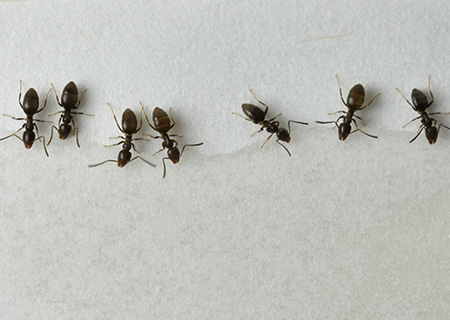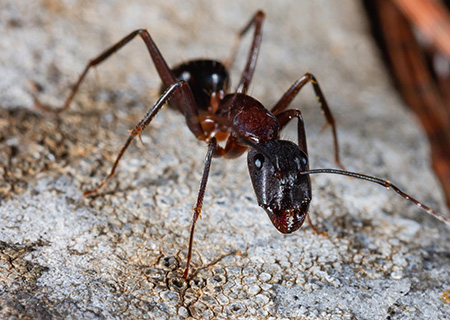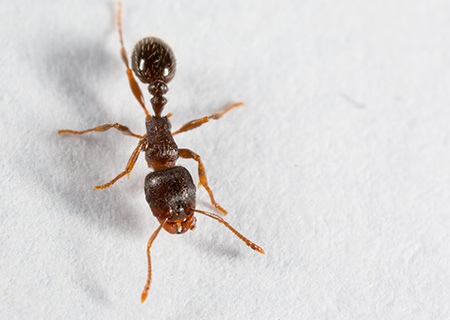Serving Northeast & Central PA | Lehigh Valley | Pocono Mountains
When most people find ants in their house, they don’t stop to ask themselves which type of ants they’re dealing with, even though knowing the exact species can shed light on the nature of the problem. Did you know that there are over 10,000 ant species worldwide? Fortunately, here in Pennsylvania, we only have to deal with a few common species.
Keep reading to learn the characteristics of these ant species commonly found in Pennsylvania to help you correctly identify your pest problem – and lead to greater success in solving it.
Odorous House Ants in PA
Odorous house ants get their name from the smell they give off once crushed, which is a rotten coconut-like smell. Attracted to moisture, these ants are found both indoors and outdoors. While they don’t pose any health risks, they can end up contaminating food and should be avoided altogether. Although odorous house ants are found throughout the United States, they are the #1 ant problem in the Northeast.

Odorous House Ant Characteristics
- 1/16″ – 1/8″ in size
- Brown or black
- 6 legs
- Segmented; oval shape with antennae
Carpenter Ants in PA
Carpenter ants can cause structural and cosmetic damage to a home as they are attracted to decaying or damp wood. A carpenter ant colony may grow within the walls of your home before you notice any damage.

Carpenter Ant Characteristics
- ½ to ¼ inch in size
- Black, reddish, or brown
- Worker carpenter ants have large mandibles (or jaws)
Pharaoh Ants in PA
Pharaoh ants are notorious in the pest control community as being some of the most difficult ants to control due to their small size and persistent nature. Pharaoh ants can spread bacteria which can lead to a variety of health issues. Due to their size, they can enter a structure through the smallest of cracks and are attracted to sweets, dead insects, and food.

Pharaoh Ant Characteristics
- Typically less than 1/16 of an inch in size
- Light yellow with black and red markings
- 12-segmented antennae
Pavement Ants in PA
Although pavement ants prefer to live outside near sidewalks or the patio in your backyard, they do venture inside looking for food. Whether your pavement ant infestation is in your basement or your yard, it can be difficult to treat on your own, especially during mating. Pavement ants may sting if they feel threatened.

Pavement Ant Characteristics
- ¼ inch in size
- Light brown or black
- Lighter colored appendages
How to Identify Common Ants in PA
When you spot an ant or group of ants, we recommend evaluating them on three main characteristics that will help you narrow it down:
- Size: You don’t need to take out a ruler. Just narrow it down between “big ant” or “small ant.” If it’s a large ant, it may be carpenter ants, which can cause structural damage to your home. If it has wings, there’s a good chance it’s a carpenter ant – or could even be a termite.
- Coloration: Most ants are brown or black. Pharaoh ants in our region have a more amber or reddish tint to them.
- Behavior: Different ant species have different motivating factors. Where did you find the ants? Where are they coming from? What are they eating?
With a little observation and knowledge of these common local ant species, you can make a more accurate determination of which species you’re dealing with – which goes a long way toward stopping them.
If you’re having trouble identifying ant species or don’t want to deal with it yourself, you can always call us with questions, or schedule an appointment for expert ant control services.
Experienced Ant Control for Local Ant Species
At Seitz Bros., we help you through every step of the pest control treatment process. Whether you have general questions about ants in your home or you need to get rid of a damaging infestation, our experts are trained to answer any questions and provide the best solution for you.Want to get rid of your ants for good? Your first step is to call Seitz Bros. today for a free estimate.
